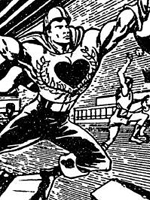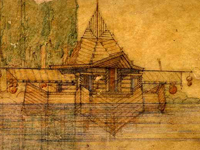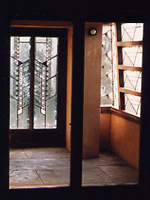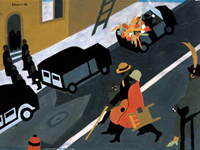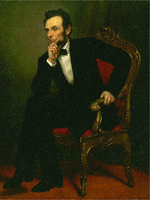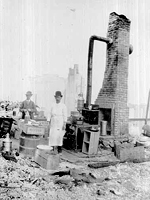McVicar/Stein Photo Copy Service Collection
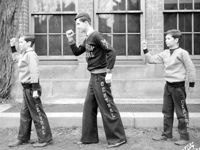
This diverse collection of some 2,000 photographs, both negatives and prints, consists of pictures taken in Madison, WI, by commercial photographers Angus McVicar and George Stein from the 1920s through the 1960s. The images are of businesses, people, the University of Wisconsin campus and its students, street scenes, the urban environment, and civic and fraternal organizations. Visitors can browse the collection by pre-selected topics under businesses, people, transportation, University of Wisconsin, and workers. Some of the sub-categories include the central business district, restaurants, celebrities and entertainers, politicians, airplanes, railroad cars and employees, student activities, and office workers. Visitors can also use the Wisconsin Historical Society advanced search to view the entire collection. Full bibliographic information accompanies each image. This site is a useful resource for researching the 20th-century social and cultural history of the Midwest or Wisconsin and its people.

